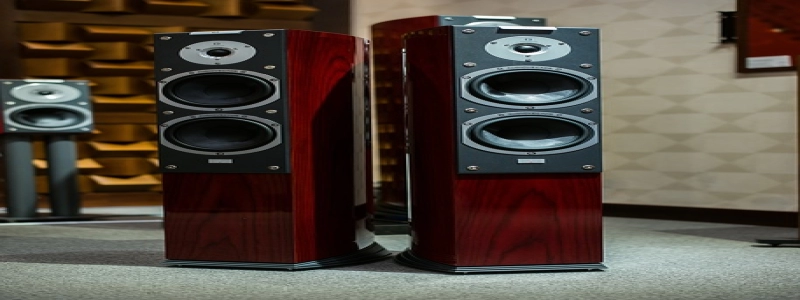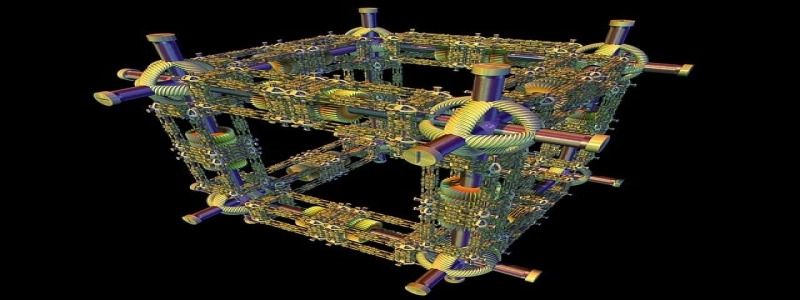Bend Insensitive Single Mode Fiber
Bevezetés
én. The Basics of Single Mode Fiber
A. Definition and Purpose
B. Advantages over Multimode Fiber
II. Introducing Bend Insensitive Single Mode Fiber
A. Definition and Concept
B. Advantages and Applications
III. Working Principle
A. Light Propagation
B. Bending Mechanism
C. Mode Coupling and Loss
IV. Design Considerations
A. Coating Material
B. Core Diameter and Cladding Thickness
C. Numerical Aperture
V. Performance Evaluation
A. Bend Loss Measurement
B. Comparison with Traditional Single Mode Fiber
VI. Következtetés
A. Recap of Benefits
B. Future Directions
Bevezetés:
Single mode fiber (SMF) is widely used in long-distance telecommunications due to its ability to transmit data over long distances with minimal signal loss. azonban, traditional SMF is highly sensitive to bending, which limits its applications in areas where tight bends or curves are required. In this article, we will explore the concept and benefits of bend insensitive single mode fiber (BIF) and its potential applications.
én. The Basics of Single Mode Fiber:
A. Definition and Purpose:
Single mode fiber is an optical fiber that allows for the transmission of only one mode of light, typically at a wavelength of 1310 or 1550 nm. It is designed to minimize dispersion and attenuation, resulting in a higher bandwidth and longer transmission distances compared to multimode fiber.
B. Advantages over Multimode Fiber:
Single mode fiber offers several advantages over multimode fiber, including higher bandwidth, lower attenuation, and the ability to achieve longer transmission distances. It also eliminates modal dispersion, allowing for higher data rates and improved signal quality.
II. Introducing Bend Insensitive Single Mode Fiber:
A. Definition and Concept:
Bend insensitive single mode fiber, also known as BIF, is a type of single mode fiber that can withstand tighter bends without significant signal loss. It is designed to be more flexible and resistant to microbending and macrobending compared to traditional SMF.
B. Advantages and Applications:
BIF offers several advantages, including improved flexibility, reduced installation costs, and enhanced reliability. It can be used in various applications such as data centers, indoor cabling, and fiber-to-the-home (FTTH) installations, where tight bends and small installation spaces are common.
III. Working Principle:
A. Light Propagation:
BIF operates on the same principles as traditional SMF, where light propagates through the fiber core by total internal reflection. The core and cladding dimensions are optimized to ensure single mode operation and minimize signal loss.
B. Bending Mechanism:
BIF incorporates a special coating material and design that allows for greater flexibility and resistance to bending. The coating protects the fiber from external forces and helps maintain signal integrity even during tight bends.
C. Mode Coupling and Loss:
When a traditional SMF is bent, the modes can couple between the core and cladding, resulting in increased signal loss. BIF’s design reduces mode coupling, minimizing signal loss during bending.
IV. Design Considerations:
A. Coating Material:
The choice of coating material is crucial in BIF design. It should have low-stress properties and provide protection against environmental factors such as moisture and temperature variations.
B. Core Diameter and Cladding Thickness:
Optimal core diameter and cladding thickness are essential to minimize dispersion and ensure single mode operation. These factors play a crucial role in reducing signal loss during bending.
C. Numerical Aperture:
The numerical aperture defines the angle at which light is accepted into the fiber. A lower numerical aperture can enhance bending performance by reducing mode coupling and signal loss.
V. Performance Evaluation:
A. Bend Loss Measurement:
BIF’s performance is evaluated by measuring the bend loss, which determines the signal loss when the fiber is subjected to different bending radii. This measurement helps determine the fiber’s suitability for specific applications.
B. Comparison with Traditional Single Mode Fiber:
Bend insensitive single mode fiber is compared with traditional SMF in terms of bending performance, signal loss, and other key parameters. This comparison highlights the superior performance and versatility of BIF.
VI. Következtetés:
A. Recap of Benefits:
Bend insensitive single mode fiber offers numerous benefits, including improved flexibility, reduced installation costs, and enhanced reliability. Its ability to withstand tighter bends makes it suitable for a wide range of applications.
B. Future Directions:
As technology advances and the demand for high-bandwidth communication increases, bend insensitive single mode fiber will continue to evolve. Ongoing research and development aim to further enhance its bending performance and broaden its range of applications.
In conclusion, bend insensitive single mode fiber is a significant advancement in the field of optical communications. Its ability to resist bending without significant signal loss opens up new possibilities for applications in sectors such as data centers, telecommunication networks, and residential installations. The ongoing advancements in BIF technology promise even greater flexibility, reliability, and improved performance in the future.







